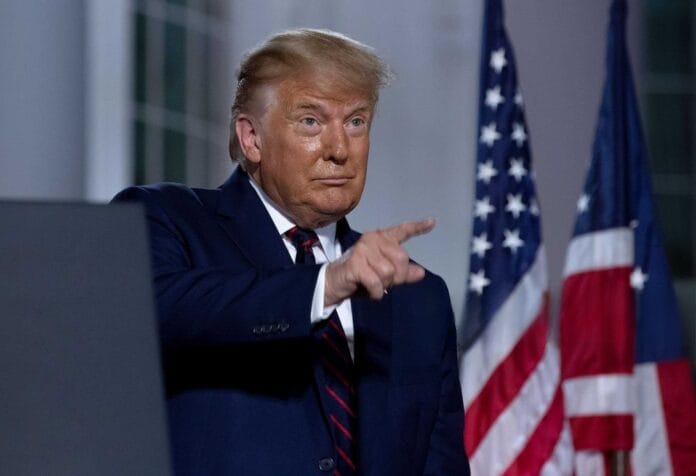The U.S. immigration landscape is changing again. Just weeks after taking office for his second term, President Trump has unveiled what many are calling a “visa for the ultra-rich” – the new Gold Card program. At the same time, he’s pulling the plug on the decades-old EB-5 investor visa that has helped thousands of foreign investors gain permanent residency since 1990.
I’ve been following immigration policy changes for years, and this one feels different. It’s not just tweaking requirements – it’s a complete philosophical shift in how America approaches wealthy immigrants.
Gold Cards for the Global Elite
So what exactly is this new Gold Card visa? Think of it as a VIP pass for the wealthy that specifically doesn’t lead to American citizenship.
From what I’ve gathered, you’ll need to fork over at least $1 million in U.S. investments – businesses, properties, maybe even government bonds – and prove you’ve got a clean record and legitimate money. The price tag to even apply? Around $50,000 in fees alone.
What do you get for that money? Easier entry into the U.S., less paperwork headaches, and special tax arrangements. What you don’t get is any path to becoming a permanent resident or citizen. That’s the key difference from the program it’s replacing.
The government’s selling this as bringing in “only the best investors” while keeping tight control over who gets to stay permanently. Reading between the lines, they want the money without offering the golden ticket of American citizenship.
Saying Goodbye to EB-5
I remember when the EB-5 program was the talk of the town in certain circles. Invest $800,000 (originally just $500,000 back in the day) in a U.S. business that creates at least 10 jobs, and you could get a green card. For many, it was the American dream with a price tag.
The program wasn’t perfect – we’ve all heard the stories about shopping mall developments that never materialized and questions about whether those “10 jobs” were real or just on paper. There were legitimate concerns about security vetting too.
But for many middle-class families from countries like China, India, and Vietnam, it was a realistic pathway. They’d pool family resources, cash out life savings, or sell businesses back home for a shot at American permanent residency.
That door is now closing. The administration has announced a 6-month wind-down period, but immigration attorneys I’ve spoken with are already telling clients to expect complications.
Who Really Benefits?
Let’s be real – you need serious money for this new program. We’re talking about people with verified net worth over $5 million. This isn’t for the small business owner from Shanghai or the successful doctor from Mumbai looking for new opportunities.
This is for the yacht-owning, private-jet-flying crowd. And that’s exactly the point, according to supporters. They argue similar programs in places like Portugal and the UK have brought in billions in foreign capital.
Critics are using terms like “oligarch visa” and pointing out that the Americans who’ll benefit most are likely high-end real estate developers and luxury goods sellers in major cities. The rural and struggling areas that sometimes saw investment through the EB-5 program? They might be left out entirely.
What This Means for the Rest of Us
So why should anyone who’s not a multi-millionaire care about this change? For one thing, it signals a broader shift in how we’re approaching immigration and investment.
The U.S. has traditionally offered one major advantage over other countries competing for global talent and money: the possibility of becoming American. By removing that carrot, we’re entering a different game.
Will the money still flow? Probably, at least from some corners of the world. But it might change who’s coming and what they’re investing in. Think fewer family businesses putting down roots and more temporary capital flowing to flashy projects in already-wealthy areas.
For current EB-5 applicants caught in the transition, the anxiety is real. Some have already waited years in processing backlogs, spent hundreds of thousands on investments and legal fees, and now face uncertainty about whether their American dream will still be possible.
Looking Down the Road
The big question now is implementation. How will the program actually work in practice? Which government agencies will handle the vetting? What specific investments will qualify?
And of course, there’s the political angle. With opinions sharply divided along partisan lines, what happens if control of the White House changes hands in four years? Immigration policies have become increasingly vulnerable to political pendulum swings.
For now, immigration attorneys and potential investors are scrambling to understand the details as they emerge. The only certainty seems to be that America’s approach to wealthy immigrants is changing fundamentally – bringing in their money while making it harder for them to truly call America home.
Whether that’s brilliant economic policy or a troubling shift in American values depends entirely on who you ask. But one thing’s clear – the gold rush is on, even if the gold card doesn’t shine quite as brightly as the green card it’s replacing.


